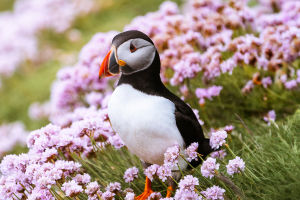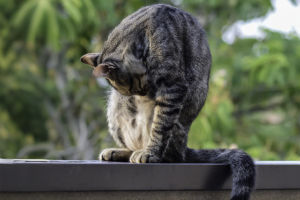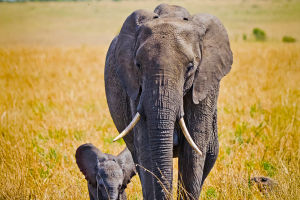Seahorses, among the most intriguing creatures in the ocean, have a life cycle that is as unique as their appearance. These small, upright swimmers go through a series of stages that reveal a fascinating narrative of survival and adaptation.
Let’s explore into their journey from egg to adult, exploring how each phase contributes to the remarkable nature of these marine animals!
1. The Early Stages: Fertilization and Embryonic Development
The life of a seahorse begins in a way unlike that of most other marine animals. Male seahorses play a central role in reproduction, a distinctive characteristic of this species. During mating, the female transfers her eggs into the male’s specialized brood pouch, located on his abdomen. Here, he fertilizes the eggs, providing a safe environment for the embryos to develop. This process can take anywhere from 10 days to six weeks, depending on environmental factors like water temperature.
Interestingly, the brood pouch acts as a form of protection and nutrition. The male seahorse provides oxygen and regulates the salinity levels, ensuring the embryos develop in optimal conditions. This unique form of "pregnancy" among males makes seahorses stand out in the animal kingdom.
2. The Birth: A Truly Remarkable Event
When the embryos have fully developed, the male seahorse goes through a remarkable process of giving birth. Unlike most species, the male expels fully formed baby seahorses from his pouch in a manner that can resemble labor. Depending on the species, the number of offspring can range from a handful to over a thousand tiny, translucent babies. These miniature seahorses are immediately capable of swimming and must fend for themselves in the wild.
After birth, the male's pouch closes and begins to prepare for the next round of reproduction, while the newborns venture off into their environment. Their survival is heavily reliant on camouflage, rapid movement, and avoiding predators that might consider them a meal.
3. Juvenile Stage: Growth and Adaptation
Once the baby seahorses are born, they enter the juvenile stage, which is crucial for their survival and growth. At this point, they are vulnerable to predators and harsh environmental conditions. These young seahorses rely heavily on their ability to blend into their surroundings. The seahorse’s unique body shape, with its bony plates and upright posture, helps it resemble floating debris or plant matter, which provides essential protection.
During this period, seahorses are not yet fully independent. They spend their time in seagrass beds or coral reefs, gradually developing hunting skills and learning to capture plankton and small invertebrates. As they grow, they begin to venture further out, enhancing their ability to move in search of food and suitable mates.
4. Maturation: Transition to Adulthood
Seahorses mature over several months to a few years, depending on the species and environmental factors. As they reach adulthood, their size and coloration become more prominent, and they begin to exhibit distinctive behaviors.
Adult seahorses are solitary creatures, often forming temporary pairs during breeding season. They engage in elaborate courtship rituals, which include synchronized swimming and color changes. This is a crucial part of their life cycle, ensuring that the seahorses find compatible mates for reproduction.
Adult seahorses are also highly territorial. They establish territories where they spend most of their time, often anchored to seagrass or coral structures with their prehensile tails. Their diet consists mainly of small crustaceans, such as shrimp, and tiny fish, which they capture using their elongated snouts.
5. The Life Span and Environmental Challenges
In the wild, seahorses typically live for about one to five years, though some species may live even longer in protected environments like aquariums. However, their life span is often influenced by factors such as water temperature, availability of food, and the presence of predators.
Unfortunately, habitat destruction, climate change, and human activities pose significant threats to their survival. Seahorses are considered vulnerable, and conservation efforts are ongoing to protect them and their habitats.
Dear Lykkers! The life cycle of a seahorse is a testament to nature's ingenuity. From the male carrying the fertilized eggs to the birth of tiny, independent creatures, seahorses defy many expectations. Their journey from egg to adult showcases remarkable biological adaptations, such as male pregnancy and unique survival strategies in the wild.
However, these creatures face modern challenges that threaten their existence, reminding us of the need to safeguard our oceans and the fascinating creatures that call it home!
The Fascinating Life Cycle of Seahorses: From Birth to Adulthood
Video by Thriving Wildlife, Thriving Planet.


